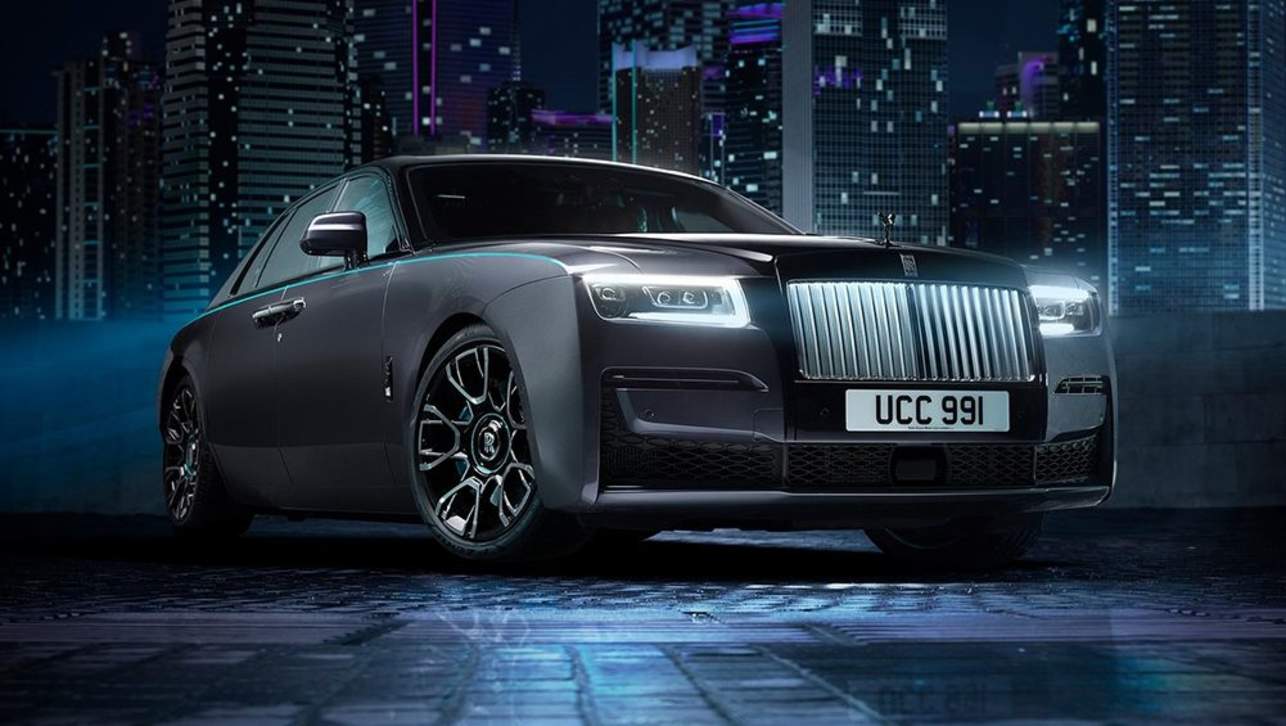If BMW didn't build a car until 1928, and didn't build a car of its own design until 1932, why is it celebrating the brand's 100th birthday next Monday?
A big shindig in Munich will mark the registration of the BMW name, nothing more.
The Bavarian Motor Works name was new in 1916, but it was a rebadge of an outfit already in business for years. The Rapp Motorworks built engines for planes. It wasn't very successful, which led to founder Karl Rapp being ousted. So a new name was needed.
It wasn't until the next year that the first product wearing the BMW name appeared. The IIIa aero engine was a 19.1-litre in-line six, with an overhead cam and liquid cooling.
It was a cracker, and began a rivalry that continues to this day. The big BMW was more powerful than the rival D. III engine from Mercedes.
With BMW power, the new Fokker D VII biplane fighter was faster and quicker-climbing. Ace pilots, including future Nazi Hermann Goering, were soon singing its praises.
After WWI the victorious allied powers banned aero engine building in Germany, which almost killed BMW.
BMW only got into the car business in 1928 by taking over a company already building them.
In 1923, the first BMW-badged motorcycle, the R32, went into production. It had twin-cylinder boxer engine and shaft drive, features that survive in some BMW bikes today.
BMW only got into the car business in 1928 by taking over a company already building them. Automobilwerk Eisenach had signed a licence deal in 1927 with the Austin Motor Company to build the Dixi, basically an Austin Seven. One of these little beauties, stripped down to a bare chassis, was the paddock-basher that ignited a very young Peter Brock's passion for driving.
The big difference between the Seven and the Dixi was that the German version was held together with metric nuts and bolts, not imperial. BMW engineers updated the 750cc four-cylinder Dixi in 1929, at the same time changing the car's name to the BMW 3/15.
BMW's first in-house car design, the AM1, went into production in 1932 — looking a lot like the Austin Seven.
The following year came a proper BMW. The 303 had an in-line six-cylinder engine, a format to which the company has stayed loyal, and was first with the kidney grille.
BMW continued in the aero engine business to the end of WWII. These days earthbound machinery is its business. Annual production is about two million BMW-badged cars, supplemented by subsidiary brands Mini and Rolls-Royce. Motorcycle production is modest, totalling about 125,000 bikes and maxi-scooters a year.
If BMW wants to celebrate 100 years in the business it's in today, it should wait until 2023 for its motorcycle division and at least 2028 for its cars.





.jpg)
.jpg)



.jpg)
.jpg)




.jpg)


.jpg)

.jpg)
.jpg)
.jpg)

.jpg)
.jpg)
.jpg)





Comments